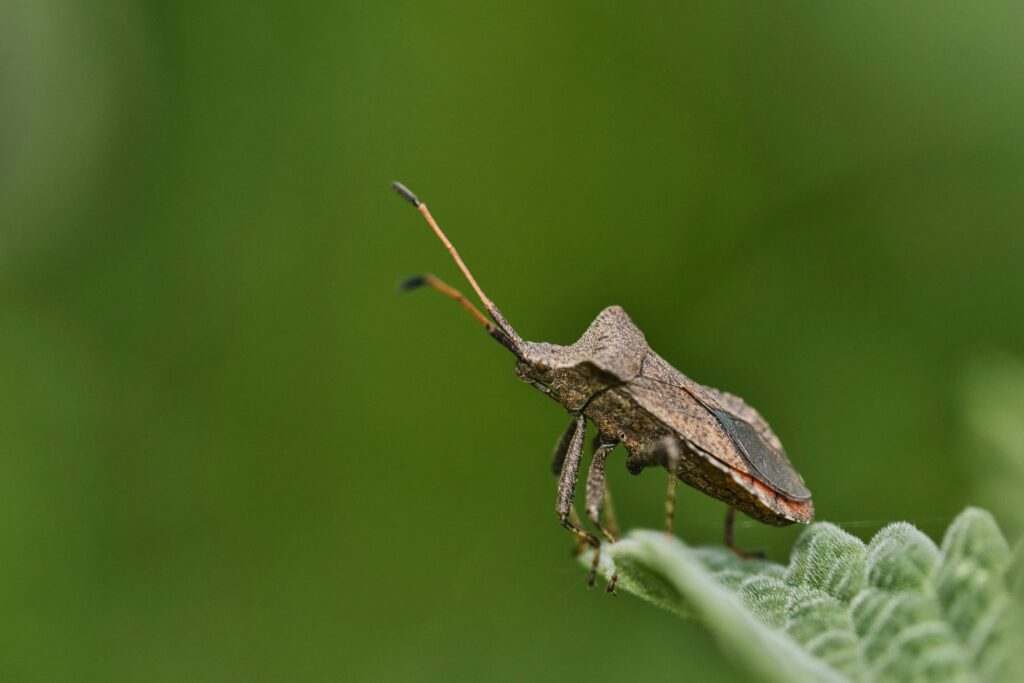In the vast world of insects, nature has crafted some truly remarkable adaptations that challenge our understanding of sensory perception. While humans rely on ears positioned on either side of our head to capture sound waves, certain insects have evolved a completely different approach. Among the most fascinating examples are insects that can hear with their legs instead of traditional ears. This extraordinary evolutionary adaptation allows these creatures to detect predators, find mates, and navigate their environment with remarkable precision. As we explore this captivating biological phenomenon, we’ll discover how these tiny beings have developed specialized structures on their legs that function effectively as hearing organs.
The Evolution of Unusual Hearing Mechanisms
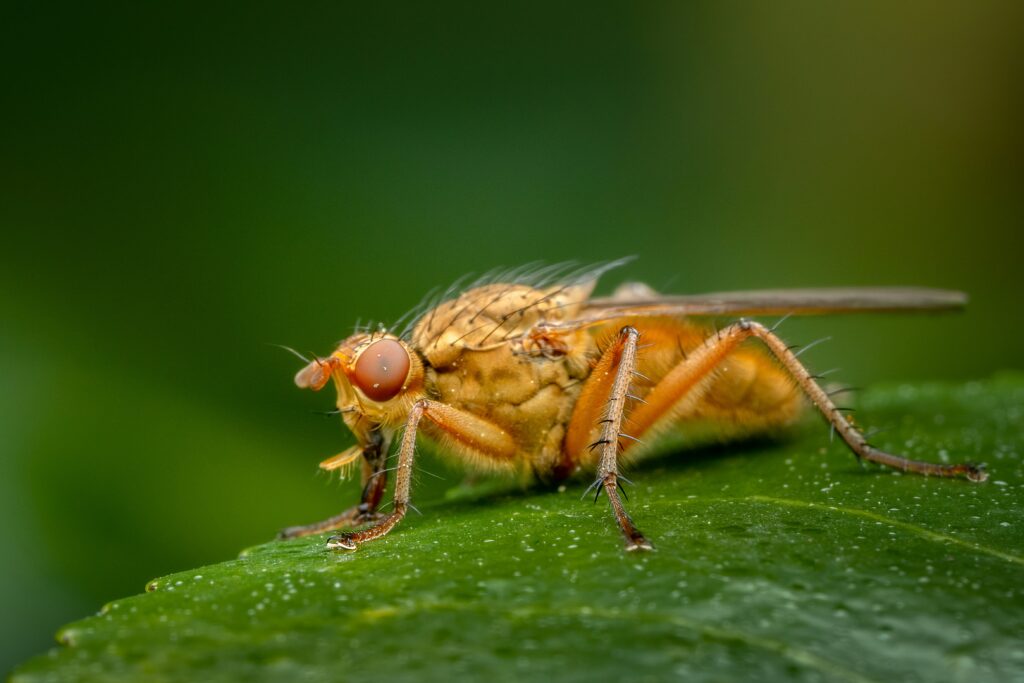
Insects have been on Earth for over 400 million years, giving them ample time to develop specialized sensory adaptations. Traditional hearing organs, like those found in mammals, would be impractical for many insects due to their small size and exoskeleton structure. Instead, natural selection favored the development of alternative hearing mechanisms, including organs located on the legs. This evolutionary pathway demonstrates nature’s remarkable ability to solve problems in unexpected ways. The development of leg-based hearing occurred independently in several insect lineages, suggesting its effectiveness as a survival strategy across diverse environments and ecological niches.
Cricket’s Remarkable Tympanal Organs
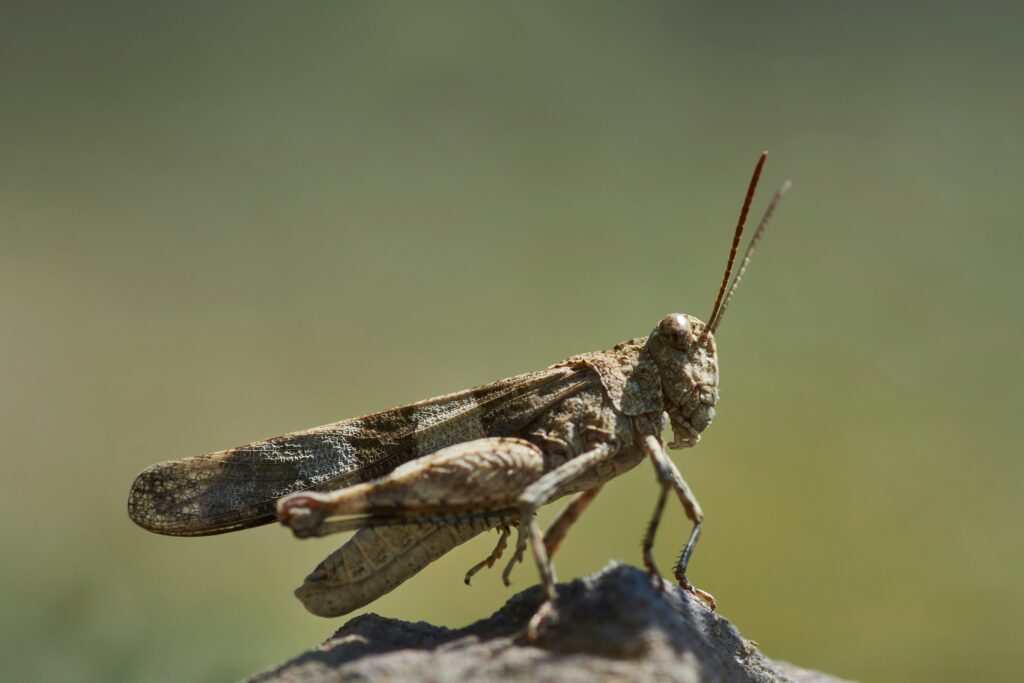
Crickets represent one of the most well-studied examples of insects with hearing organs in their legs. Located on their front legs, crickets possess structures called tympanal organs—essentially specialized eardrums—that detect sound vibrations in their environment. These organs are composed of a thin membrane stretched over an air-filled cavity, connected to specialized sensory cells that transmit information to the cricket’s brain. What makes this system particularly impressive is its sensitivity; crickets can detect sounds across a range of frequencies, with particular sensitivity to the specific frequencies of their own species’ calls. This adaptation allows male crickets to locate singing females from considerable distances, even in complete darkness.
The Anatomy of a Cricket’s Hearing System
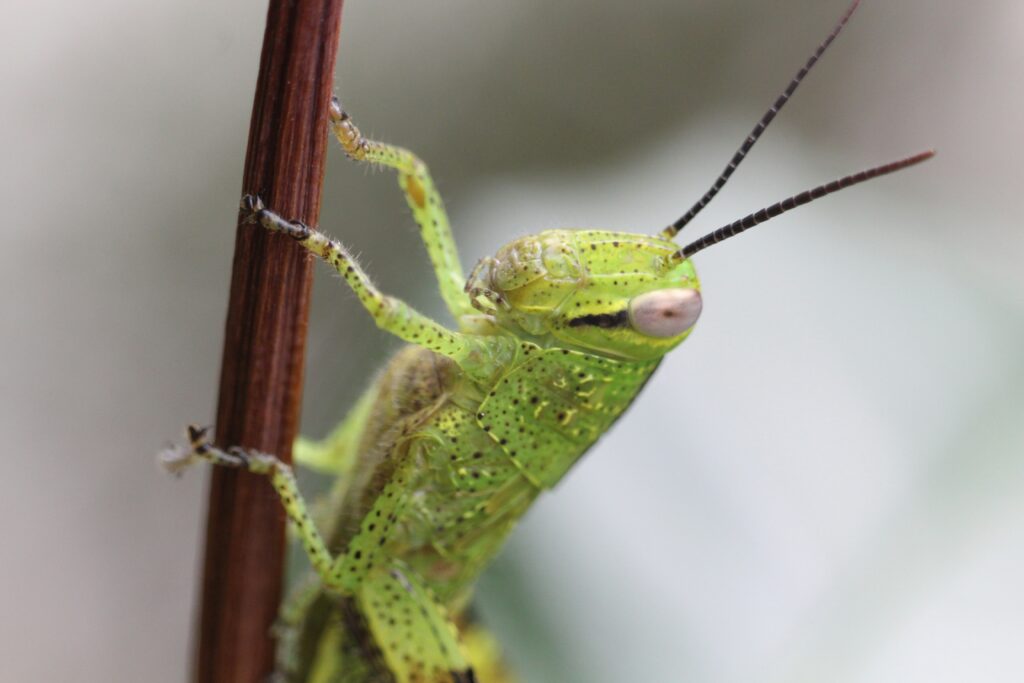
The hearing system in a cricket’s front legs consists of several sophisticated components working in harmony. The tympanal membrane, similar to a human eardrum, vibrates when sound waves hit it, translating airborne sound into mechanical movement. Behind this membrane lies a complex structure of air-filled chambers that help amplify certain frequencies. Connected to these structures are specialized nerve cells called sensory neurons that convert the mechanical vibrations into electrical signals the insect’s brain can interpret. Perhaps most fascinating is the presence of auditory receptors arranged in a linear pattern along the leg’s tracheal tube, forming what scientists call the “auditory crista”—essentially a frequency analyzer that helps crickets distinguish between different sounds.
Grasshoppers: Another Leg-Listening Specialist
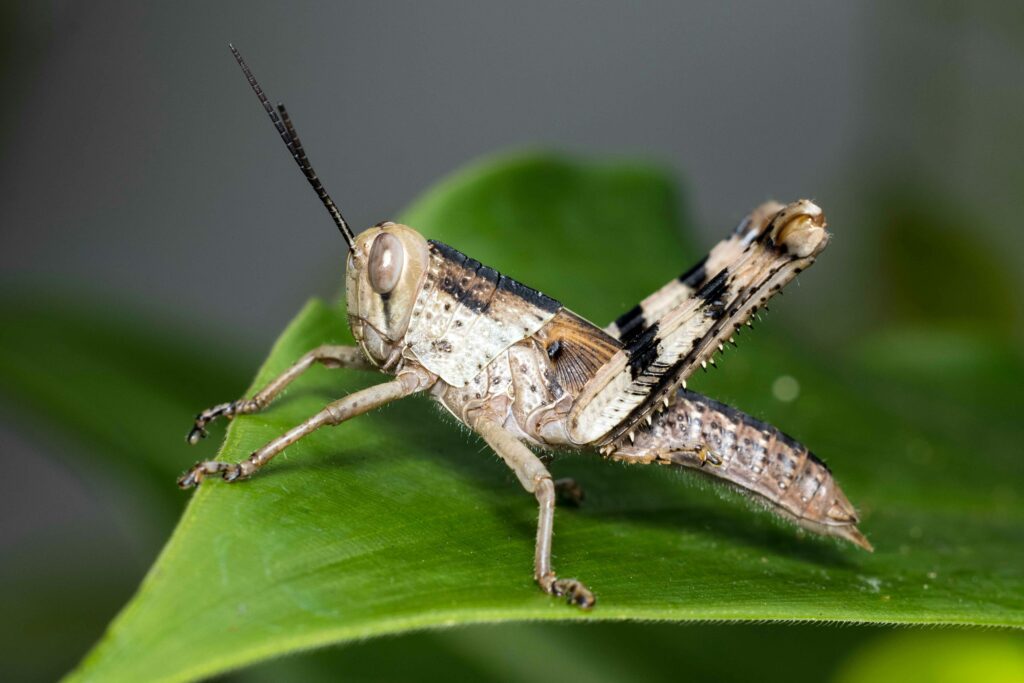
Like their cricket relatives, grasshoppers also possess tympanal organs, but theirs are located on their abdomens rather than their legs. However, grasshoppers complement these primary hearing organs with additional sensory structures on their legs called subgenual organs. These specialized organs detect substrate vibrations—essentially allowing grasshoppers to “hear” through the surfaces they stand on. When predators approach, their movements create subtle vibrations that travel through the ground and are picked up by the grasshopper’s legs. This dual-channel hearing system gives grasshoppers remarkable awareness of their surroundings, allowing them to detect threats coming from both the air and the ground.
Katydids and Their Unique Knee Ears
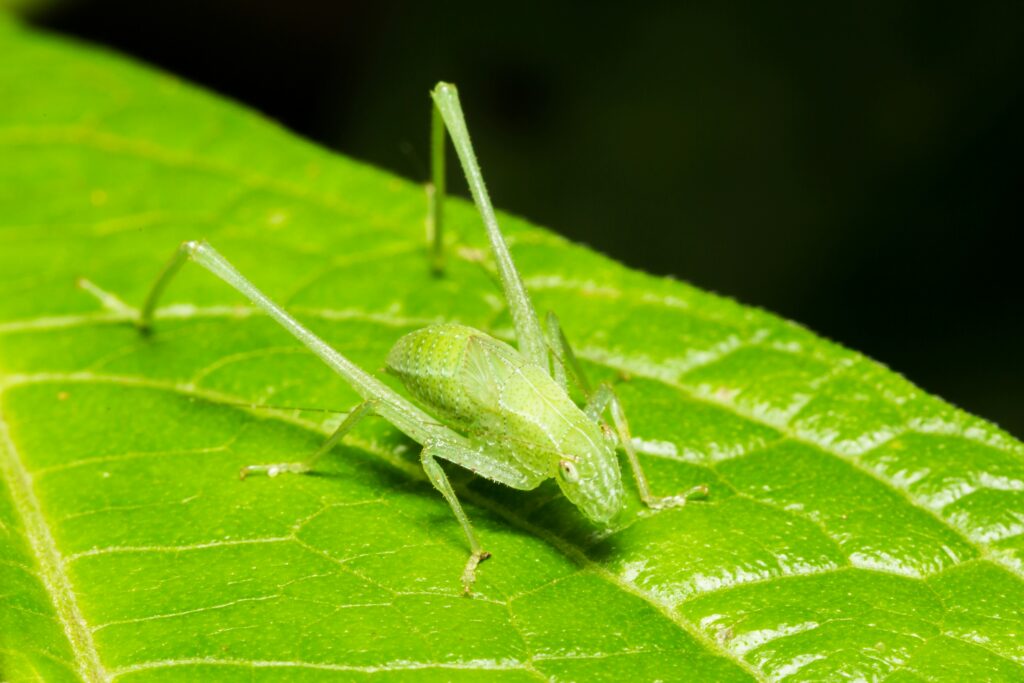
Katydids, also known as bush crickets, possess arguably the most specialized leg-based hearing system in the insect world. Their tympanal organs are located in their front leg tibiae, just below the knee joint, and are remarkably sophisticated despite their tiny size. These ears contain structures analogous to those found in vertebrate ears, including fluid-filled chambers that function similarly to our cochlea. Research has shown that katydid ears can detect sounds across an impressive frequency range, from low-frequency rumbles to ultrasonic frequencies well beyond human hearing. This auditory prowess allows katydids to eavesdrop on the echolocation calls of predatory bats, giving them critical seconds to take evasive action.
The Science of Directional Hearing
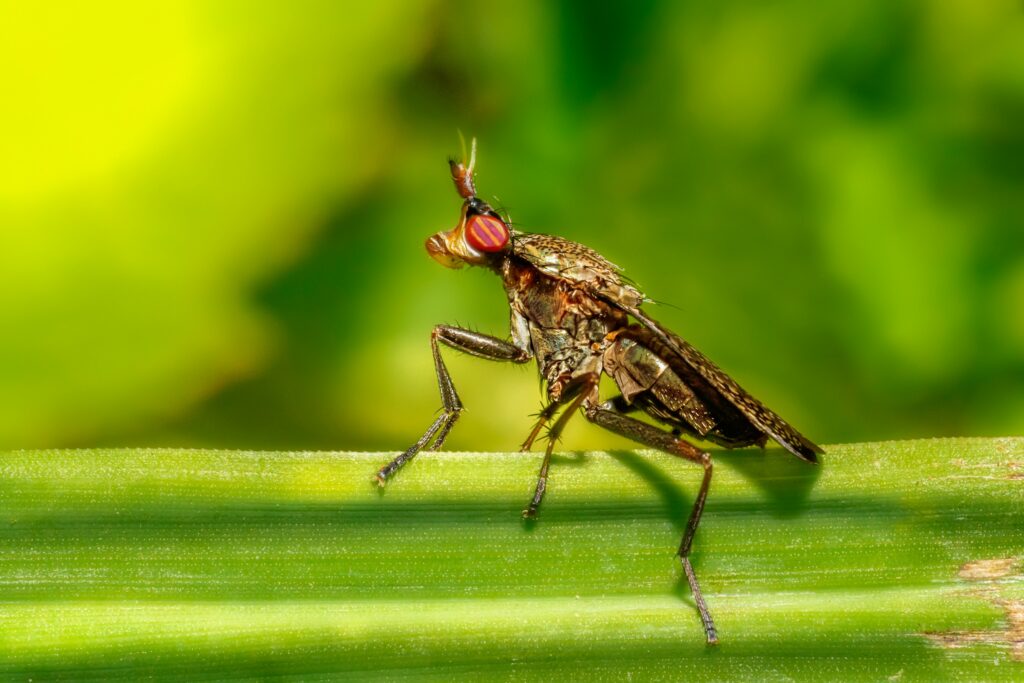
One might wonder how insects with ears on their legs determine which direction a sound is coming from. The answer lies in clever biological engineering. By having hearing organs on opposite legs, insects create a time and intensity difference between the sound reaching each ear—similar to how humans locate sounds with our two ears. When a sound comes from the right, it reaches the right leg slightly before the left, and at a slightly higher intensity. Additionally, the insect’s body itself acts as a sound barrier, creating an acoustic shadow that further helps with directional determination. Some species can even move their legs to better orient their hearing organs toward a sound source, effectively “pointing” their ears like a human might turn their head.
The Frequency Range of Leg-Based Hearing
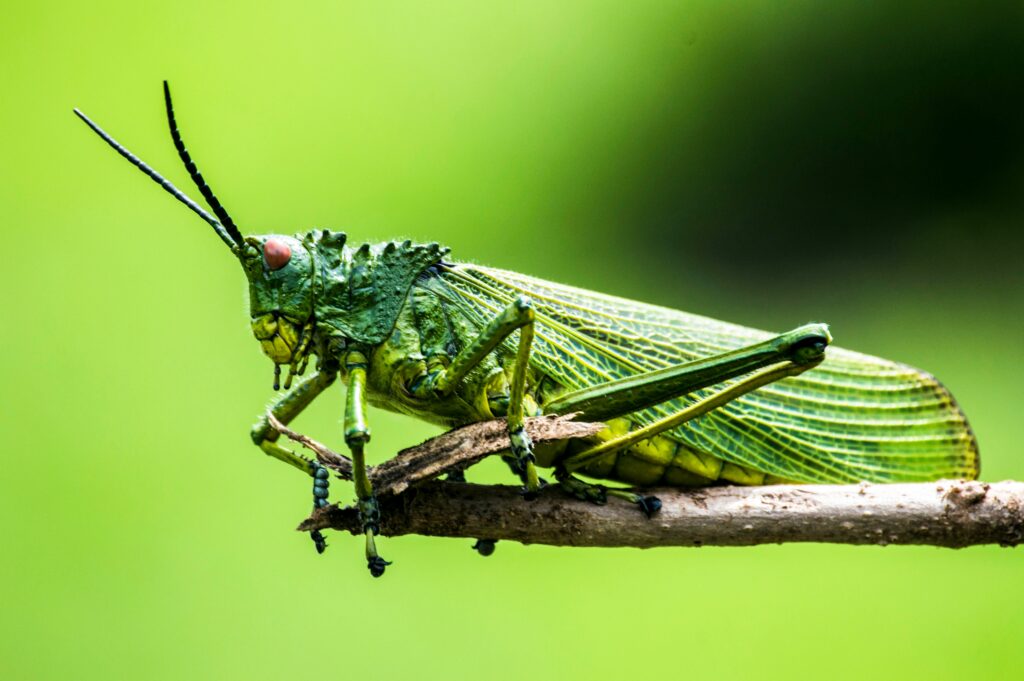
The frequency sensitivity of leg-based hearing systems varies significantly between insect species, reflecting their ecological needs and communication styles. Many crickets are most sensitive to frequencies between 4-5 kHz, which corresponds precisely to the frequency of their own mating calls—an elegant example of co-evolution between sound production and reception. Katydids show remarkable versatility, with some species able to detect frequencies from as low as 2 kHz up to 100 kHz, well into the ultrasonic range. This extensive hearing range serves multiple purposes, from detecting the low-frequency movements of predators to perceiving the ultrasonic calls of bats or other katydids. The precision of these hearing systems often surpasses what their tiny size would suggest possible, demonstrating nature’s extraordinary engineering capabilities.
Communication Between Species
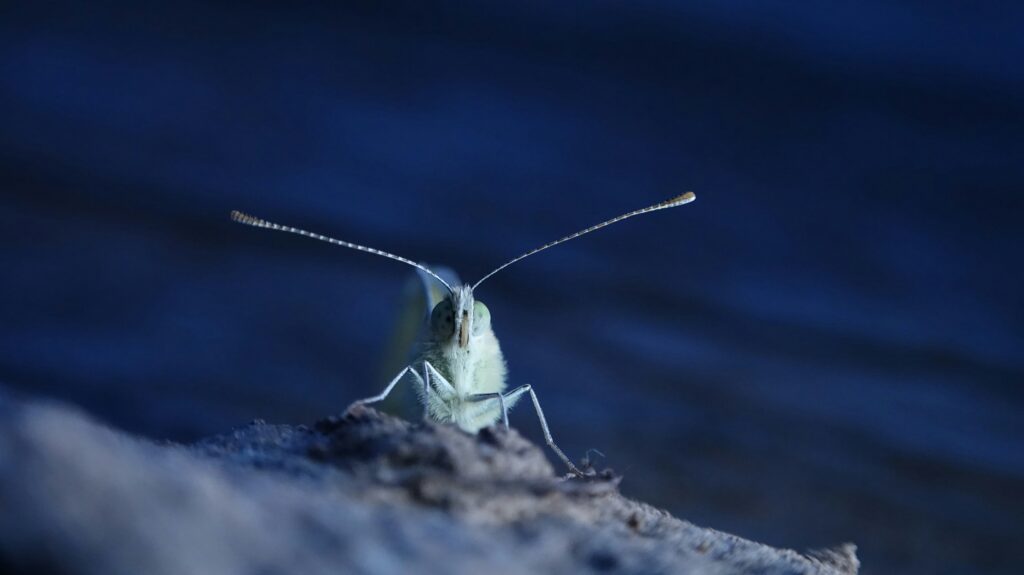
Leg-based hearing plays a crucial role in insect communication, particularly in mating rituals. Male crickets, for example, produce their characteristic chirping sounds by rubbing specialized parts of their wings together—a process called stridulation. Females detect these acoustic signals through their leg-based tympanal organs, using the sounds to assess potential mates based on criteria like sound intensity, rhythm, and frequency. This acoustic communication system helps ensure genetic compatibility between mates and maintains species boundaries in environments where multiple similar species may coexist. Research has shown that female crickets can distinguish between males of their own species and closely related species based solely on subtle differences in chirp patterns, demonstrating the remarkable precision of their leg-based hearing.
Predator Detection Systems

Beyond mating, leg-based hearing serves as a critical predator detection system for many insects. Katydids and crickets can detect the subtle sounds made by approaching predators like birds, reptiles, and mammals. Perhaps most impressively, many species can hear the ultrasonic echolocation calls of hunting bats, their most significant aerial predators. When these sounds are detected, the insects can initiate emergency evasive maneuvers—some species dive toward the ground, while others perform erratic flight patterns to confuse the approaching bat. This ultrasonic hearing capability represents an evolutionary arms race, as some bat species have developed echolocation calls at frequencies specifically designed to avoid detection by insects, while insects continue to evolve more sensitive hearing systems.
Comparative Advantages Over Traditional Ears
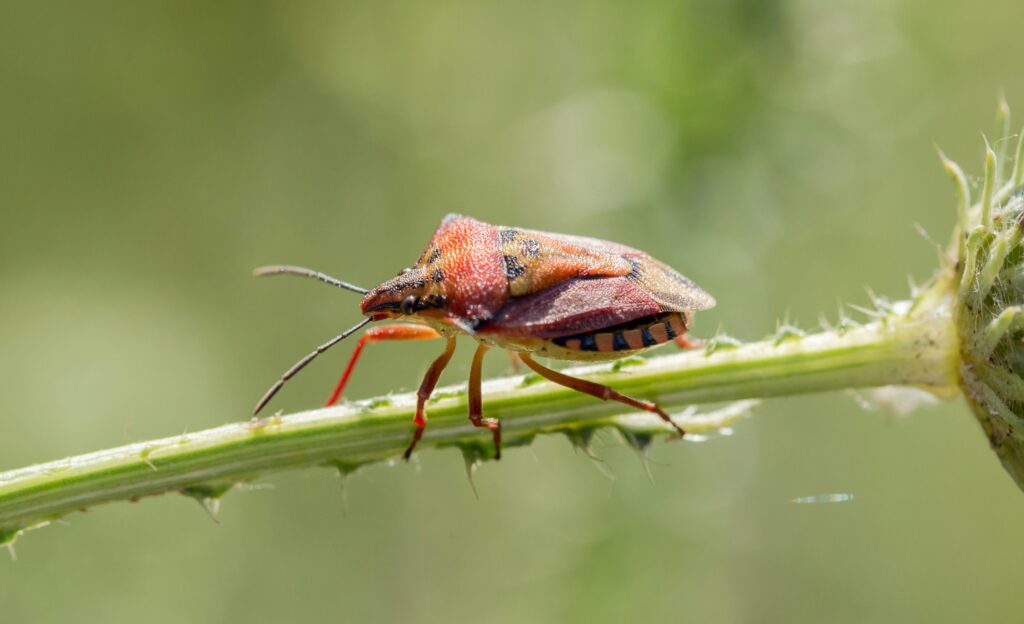
Leg-based hearing systems offer several distinct advantages for insects compared to traditional ear structures. By placing hearing organs on the legs, insects create greater separation between their “ears,” enhancing their ability to determine the direction of sounds through increased time and intensity differences. This arrangement also allows for a larger surface area dedicated to sound detection without compromising the insect’s aerodynamics or increasing its visible profile to predators. Additionally, having hearing organs on multiple legs provides redundancy—if one leg is damaged, others can still detect sounds. For small creatures that frequently lose limbs to predators or accidents, this redundancy represents a significant survival advantage over centralized hearing systems.
Biomimicry Applications in Technology

The remarkable efficiency of insect leg-based hearing has inspired various technological innovations. Engineers have developed miniature directional microphones based on the cricket’s tympanal organ design, creating devices that can pinpoint sound sources with exceptional accuracy despite their small size. These bio-inspired microphones have applications in hearing aids, surveillance equipment, and noise-canceling technologies. Other researchers are exploring how the mechanical filtering properties of insect hearing organs might inspire new approaches to signal processing in audio systems. The ability of insects to detect specific frequencies while filtering out background noise is particularly valuable for developing technologies that must function in acoustically complex environments like urban settings or industrial facilities.
Threats to Acoustic Insects in the Modern World
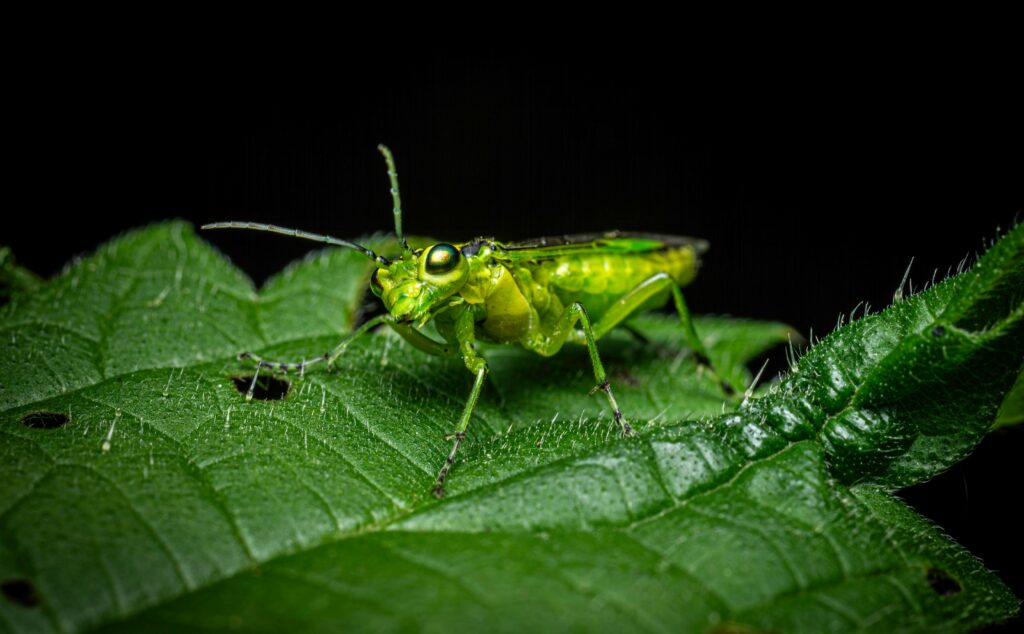
Insects with specialized hearing systems face unique challenges in today’s increasingly noisy world. Anthropogenic (human-created) noise pollution can mask the natural sounds these insects rely on for survival and reproduction. Traffic noise, industrial activity, and even recreational equipment like leaf blowers generate low-frequency sounds that overlap with many insect communication frequencies. Research suggests that in urban environments, some cricket and katydid species must modify their calling behavior or may fail to detect mates altogether due to acoustic interference. Additionally, artificial lighting can disrupt the timing of acoustic communication in nocturnal species, further complicating their ability to find mates. These factors, combined with habitat loss and pesticide use, threaten many acoustically specialized insect populations around the world.
Ongoing Research and Future Discoveries

The field of insect bioacoustics continues to yield fascinating discoveries about leg-based hearing systems. Advanced imaging techniques now allow researchers to visualize the internal structures of these tiny organs in unprecedented detail, revealing new insights about their functional mechanics. Neurobiologists are mapping the neural pathways that process acoustic information, showing how relatively simple nervous systems can perform complex sound analysis. Meanwhile, evolutionary biologists are investigating how these specialized hearing organs evolved independently in different insect lineages. As research techniques continue to advance, scientists anticipate discovering even more insect species with unique hearing adaptations, potentially revealing new principles of acoustic sensing that could inform human technology development for decades to come.
The remarkable ability of certain insects to hear with their legs instead of ears showcases the endless creativity of evolutionary adaptation. These specialized structures demonstrate how natural selection can produce extraordinary solutions to sensory challenges, particularly in small organisms with limited space for specialized organs. As we continue to study these fascinating creatures, we not only gain insight into the diversity of life on our planet but also inspiration for human technologies that might mimic these efficient biological designs. From crickets chirping in summer meadows to katydids detecting bat calls in the dark, leg-based hearing represents one of nature’s most elegant examples of sensory innovation—proving once again that sometimes the most extraordinary solutions come in the smallest packages.

